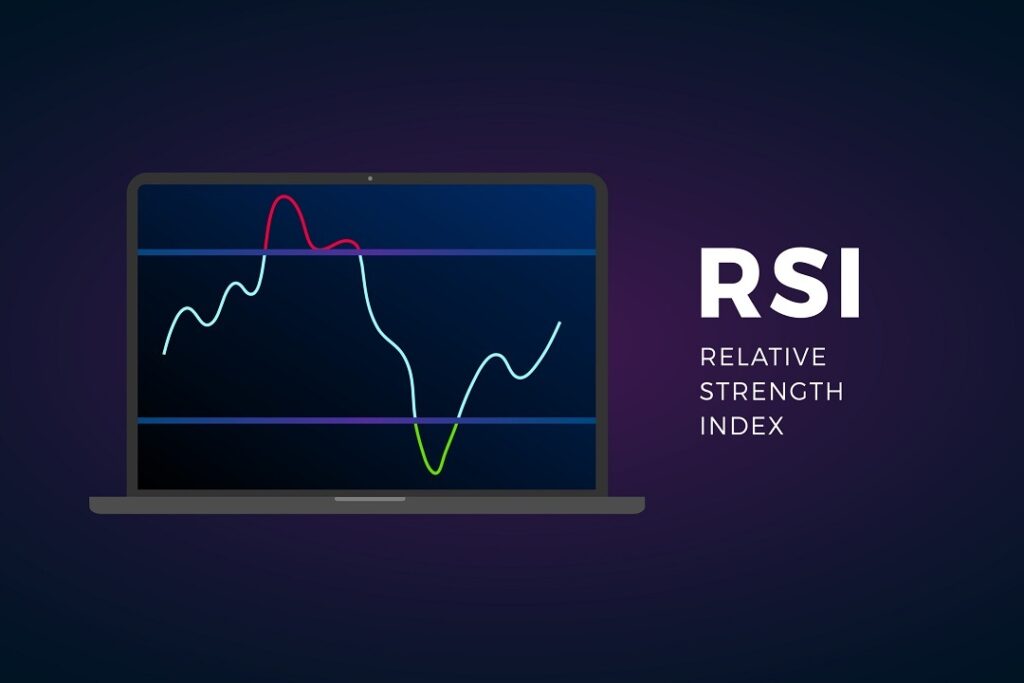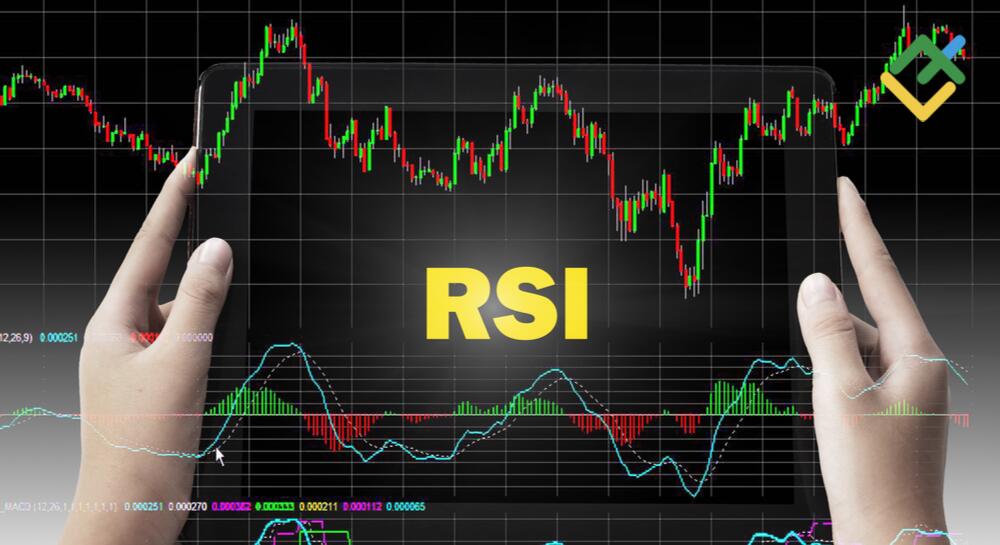
Financial backers also known as Investors are continuously attempting to acquire an edge over the market, and a well-known way is to apply monetary measurements to the stocks they like – before pulling the trigger and getting them. Also, perhaps the best market estimation metric – is the Relative Strength Indicator.
What Is RSI?
The Relative Strength Index was created by J. Welles Wilder Jr. furthermore, presented in his 1978 book, “New Concepts in Technical Trading Systems.” It is an extraordinary method for estimating a stock’s true capacity. The better you comprehend how RSI functions, the more you can begin benefiting from one of the most misjudged yet persuasive securities exchange(The Stock Market) computation instruments that anyone could hope to find
The relative strength index is an energy pointer utilized in specialized examination that looks at the size of ongoing cost changes to decide whether a stock or other resource is overbought or oversold. It’s shown as an Oscillator (a line diagram that wavers between two limits) and can be perused in augmentations of 0.0 to 100.

Essentially said, the general strength file (RSI) looks at the new exhibition of a specific stock to its cost history execution by joining the typical increase or misfortune that specific speculation has seen throughout a foreordained period. Investors regularly utilize the general strength record (RSI) to decide whether an organization is oversold or overbought.
What Is The Oscillator?
To comprehend it, we should understand the oscillator model and its work. In financial exchange (stock market) terms, an oscillator is a specialized examination estimation metric that gauges a stock’s exhibition between two outrageous focuses (i.e., low buy focuses versus high buy focuses). The oscillator model is helpful for securities exchange experts when a stock varies, cost-wise, in a tight band. At the point when a stock is by and large exchanging on a level plane, it is more challenging to fix an exchanging pattern on the security, and it’s important to go to purported oscillators, similar to the Relative Strength Indicator, as a more precise stock execution marker.

How To Calculate RSI?
As a force pointer, the RSI can be an extraordinary device to tell financial backers when security ought to be traded, especially in ‘overbought’ or ‘oversold’ market situations. The math for making a “purchase” or “sell” assurance is as per the following:
RSI = 100 – 100/(1 + RS)
Where,
RS = Relative Strength = Avg Gain/Avg Loss
N = the time of RSI (standard 14-day financial exchange period)

The typical addition is equivalent to the amount of all absolute acquires partitioned by 14 to get the typical increase. Think about the accompanying situation: a financial backer experiences just five misfortunes throughout 14 days. For this situation, the misfortunes from those five exchanging meetings are isolated by the quantity of RSI exchanging meetings. The typical misfortune is determined similarly as the greatest misfortune. The RSI esteem is registered by partitioning the typical increase by the normal misfortune over a given timeframe. As a general rule, when the cost of a stock ascent, the overall strength list (RSI) will move too. This is because of the way that typical posted gains will offset normal misfortunes.
FOR A FREE STOCK MARKET SEMINAR VISIT HERE
CALLS @ 9986622277
Disclaimer
The information provided here is for general informational purposes only and should not be construed as financial advice. Investing in the stock market involves inherent risks, and there is no guarantee of profits or protection against losses. Before making any investment decisions, it is essential to conduct thorough research and seek advice from a qualified financial advisor or professional.
FOR MORE SUCH BLOGS- CLICK HERE
